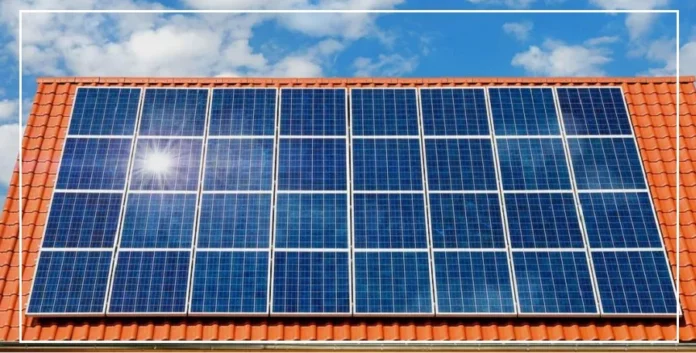In a significant move towards enhancing self-sufficiency in electricity, Finance Minister Nirmala Sitharaman has announced the Pradhan Mantri Suryoday Yojana.
This initiative aims to provide 300 units of free electricity per month to one crore families by installing rooftop solar systems on their homes.
During the budget speech, Sitharaman highlighted the potential benefits, stating that families with rooftop solar systems could save between Rs 15,000 to Rs 18,000 annually.
National Rooftop Scheme and Pradhanmantri Suryodaya Yojana
The government, building on the National Rooftop Scheme initiated in 2014, has introduced the Pradhanmantri Suryodaya Yojana.
This new scheme focuses on installing rooftop solar systems in one crore houses, offering a significant reduction in monthly electricity bills for households with bills ranging from Rs 2,500 to Rs 3,000, potentially bringing it down to Rs 8 per day or Rs 240 per month.
How to Avail the Pradhan Mantri Suryodaya Yojana Benefits?
Energy Minister RK Singh has clarified that households benefiting from the Pradhan Mantri Awas Yojana will also be considered for the Suryoday Yojana.
Additionally, houses consuming up to 300 units of electricity will be identified for this scheme.
The unique feature of this program is that eligible households won’t have to bear any costs for installing the solar system.
The government has enlisted 8 Central Public Sector Undertakings (CPSUs) to execute this scheme across all states and union territories.
Increased Subsidy and Funding Mechanism
Addressing concerns about funding, Singh shared that the government plans to raise the subsidy for rooftop solar from 40 percent to 60 percent.
The remaining 40 percent will be funded through loans, with CPSUs obtaining these loans from institutions like REC Ltd.
Importantly, this means homeowners won’t have to take on the loan burden; instead, public sector companies will manage the financing.
Free Electricity and Sustainable Earnings
Singh assured that households would start benefiting from free electricity as soon as the solar system is installed.
The generated excess electricity (beyond 300 units) will be used to repay the loans taken by public sector companies.
The repayment period is estimated at around 10 years, after which the rooftop solar system becomes the property of the homeowner.
This holistic approach not only provides free electricity but also contributes to the sustainability of the initiative.
